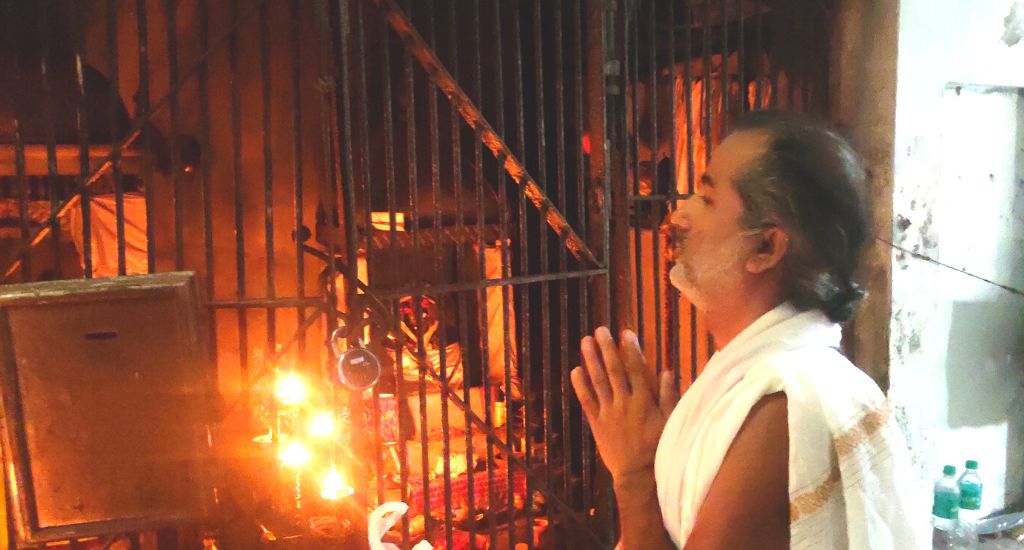
Barpeta Satra: Assam’s spiritual hubs beset with falling celibate monk numbers
With families becoming nuclear and small, fewer children are becoming Kewalia Bhakats – monks sworn to celibacy and a strictly austere life at Vaishnavite monasteries.

With families becoming nuclear and small, fewer children are becoming Kewalia Bhakats – monks sworn to celibacy and a strictly austere life at Vaishnavite monasteries.
Its huge arched gates with onion-shaped domes teleport the faithful and curious visitors alike to a time and space where hope and history rhyme without flash but substance, folding them into a spiritual time travel.
Kirtan Ghar Satra is a 16th-century monastery of the Vaishnavite sect of Hinduism. Popularly known as Barpeta Satra in the district by the same name, it is around 100km west of Assam’s capital city of Guwahati.
Inside its walled precincts, you forget for a moment the outside world where people obsess over fortune, fashion and the buzz of life at full tilt.
“The life of a kewalia bhakat (celibate monk) is full of dedication and devotion to the Lord, devoid of marriage, money and other worldly affairs,” said Hemen Burha Bhakat, sitting in his modestly furnished room overseeing a vast courtyard.
The 52-year-old monk was 12 when he was brought to the satra by his parents to lead a hermetic life sworn to celibacy.
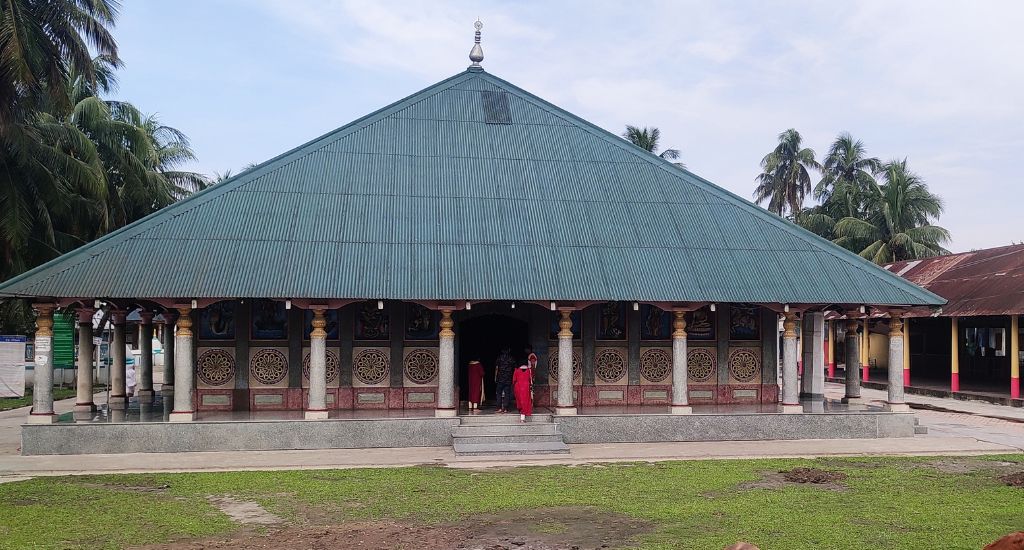
“I was third among four siblings. My parents decided to offer one child to the path of divinity. I was brought as soon as I cleared my Class V exams. Since then, I’d barely gone home, except when extremely urgent matters called for my presence. Not, of course, for marriages and other social functions,” Hemen said.
The life of a kewalia bhakat (celibate monk) is full of dedication and devotion to the Lord, devoid of marriage, money and other worldly affairs.
But younger generations are failing to take the same interest in pursuing such a dedicated, slow life, leaving those in the monastery to ponder its future.
Hemen’s family home is just 500 metres away, but he did not go to see his ailing elder brother when he had an accident and was bedridden for several months.
“I renounced worldly life,” he said.
Apart from learning the prayers, rituals and other paraphernalia, young monks are encouraged to pick up a craft to pay for their basic daily needs.
Narayan Atoye Burha Bhakat, 60, is another monk at the satra who became a monk in 1985 when he was 23. But he was the one who chose to be a monk – not his family.
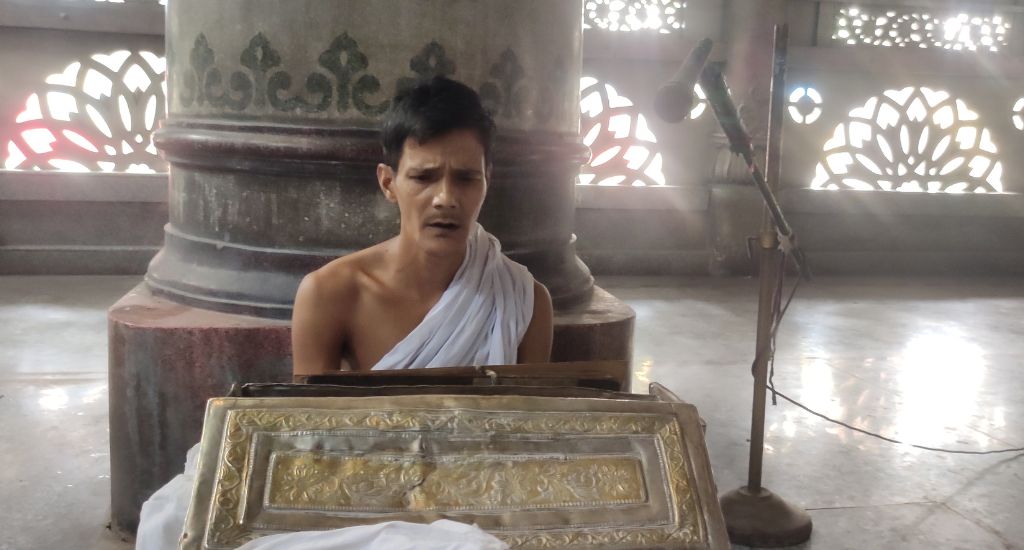
“My family had planned my marriage and resisted initially when I announced my decision. I have found solace in my life that no materialistic thing can offer,” Narayan said.
The austerity is part of the appeal for some. They receive no income, but rely on donations. And their strictly vegetarian diet is simple, consisting of rice, jaggery, milk and fruits.
“We’re not paid any remuneration for our services. We make handwoven mattresses, pottery and other handicraft items. People donate food grains to us,” Narayan said.
It’s not for nothing that Barpeta Satra is called “second heaven” by the devotees.
The rhythmic sound of hymns accompanied by cadenced drumbeat and cymbal music fill the space. The aroma from burning incense wafts through the air. The thought of a portal to heaven opening before eyes shut in deference takes shape.
And just then, someone’s phone rings.
There’s no escape from modernity and its devices – even in a 500-year-old institution devoted to the divine.
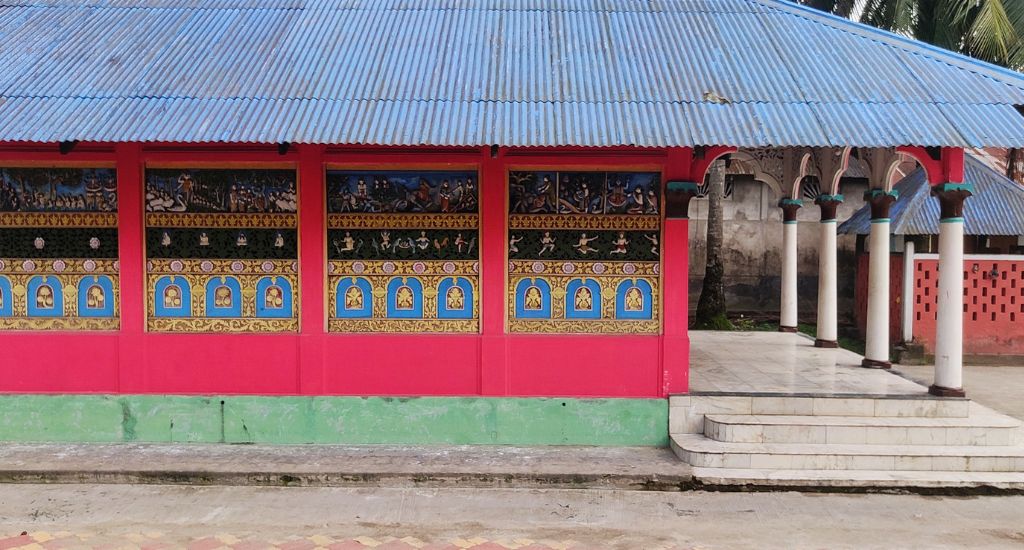
Hemen Burha Bhakat, who has known little other than the centuries-old shibboleths he was taught as a child, is aware of the generational divide swirling around him.
Youngsters don’t feel strongly enough to dedicate their lives to the service of the Lord and become a Kewalia Bhakat, he said.
Another reason is the shrinking size of families, he said, unlike in his childhood.
The Lord will inspire them to come towards divinity. He cannot see his house empty. The youth will come in huge numbers and the satra will live on in glory.
“Most families are becoming nuclear and have one or two kids,” Kewalia said.
The satra had around 20 celibate monks two decades ago.
It’s down to six active monks now.
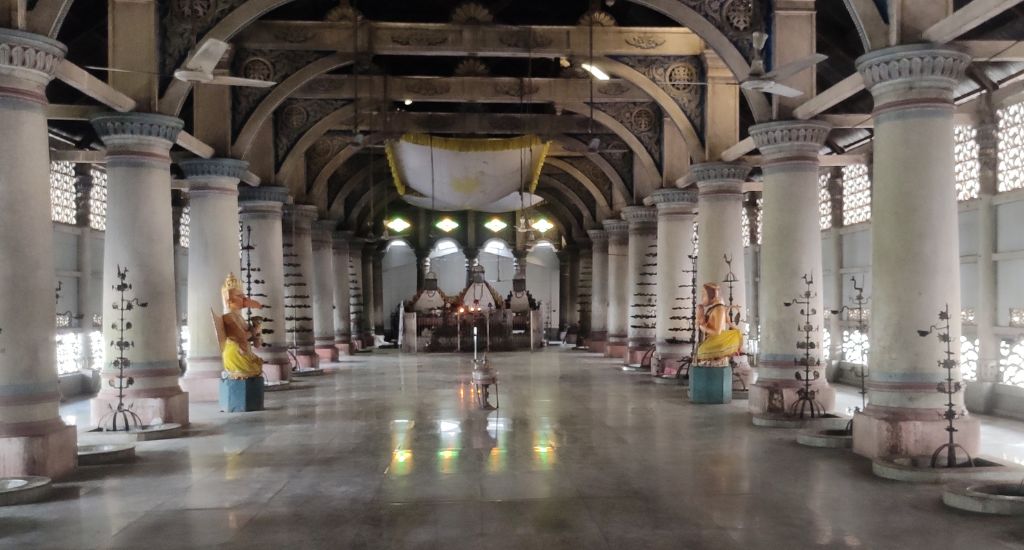
Some dead and some rendered immobile by advanced age.
“We have to take the help of non-celibate monks to prepare the prasad or run errands. It is a sad situation,” he said before quickly sounding hopeful. “The Lord will inspire them to come towards divinity. He cannot see his house empty. The youth will come in huge numbers and the satra will live on in glory.”
The life of the celibate Assamese monk’s life is austere.
They have virtually no contact with the world outside the monastery’s realm. Being in service as a monk demands astute dedication and resolve.
“It’s tough, which is why children are initiated into the order early when their minds are unsullied and they adapt easily and quickly to the rigorous regimen. It takes several years of learning and practice to become a celibate monk. We have to strictly follow a routine, waking at four in the morning to complete our morning ablutions,” Hemen Burha Bhakat said, giving a peek into a monk’s life.
The day begins with meditation and prayers at the naam ghar (prayer hall).
They are not allowed to touch non-celibates. They have to take a bath even in the cold of winter if, for instance, their hand comes in contact with a non-celibate while doing a chore.
“In the bhaj-ghar (the sanctum that houses the monikut where the satra’s valuable ornaments are kept), a pradeep (lamp) has been burning for the past 500 years. Only celibate monks are allowed to refuel the lamp with oil,” Hemen said.
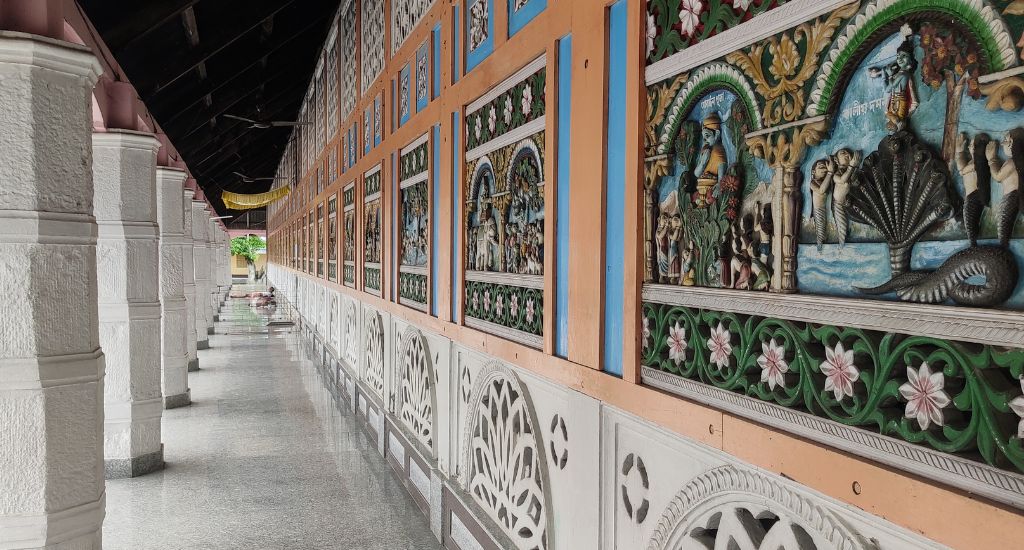
Despite the trappings of modernity chipping away at their closely guarded traditions and way of life, some satras in Assam still depend solely on celibate monks for the daily tasks.
One is the Kamalabari Satra on the Brahmaputra river island of Majuli—which is considered the seat of neo-Vaishnavism in Assam propagated by Srimanta Sankardeva, the saint-philosopher who lived more than 100 years straddling the 15th and 16th centuries.
“The celibate monks are also called udasin. We don’t allow griha bhakat (married monks) here. We’re somehow managing, but the condition is not good in other satras where the number of celibate monks is decreasing. Satras across the state had around 1,000 celibate monks about two decades ago. It’s dropped to 700, which is worrying,” said Janardandev Goswami, satradhikar or head of Kamalabari Satra, one of the largest in the state.
Assam has nearly 900 satras and the prominent ones are on Majuli island, Barpeta, Nagaon and Dhubri districts. The word is Sanskrit origin and finds mention in the Bhagavad Purana.
“It means an assembly of devotees. Satras came up in Assam in the 16th century under the leadership of Srimanta Sankardeva and his disciple Madhavadeva,” said Dr Babul Chandra Das, retired head of the history department at MC College in Barpeta.
But he said the satras can not be seen through the prism of religion.
“The satras are the centre of Assam’s culture, including its music, dance, drama and fine arts.”
The lead image at the top shows the Hemen Burha Bhakat offering prayers at Bhaj-ghar (Photo by Gurvinder Singh).
Gurvinder Singh is a journalist based in Kolkata.